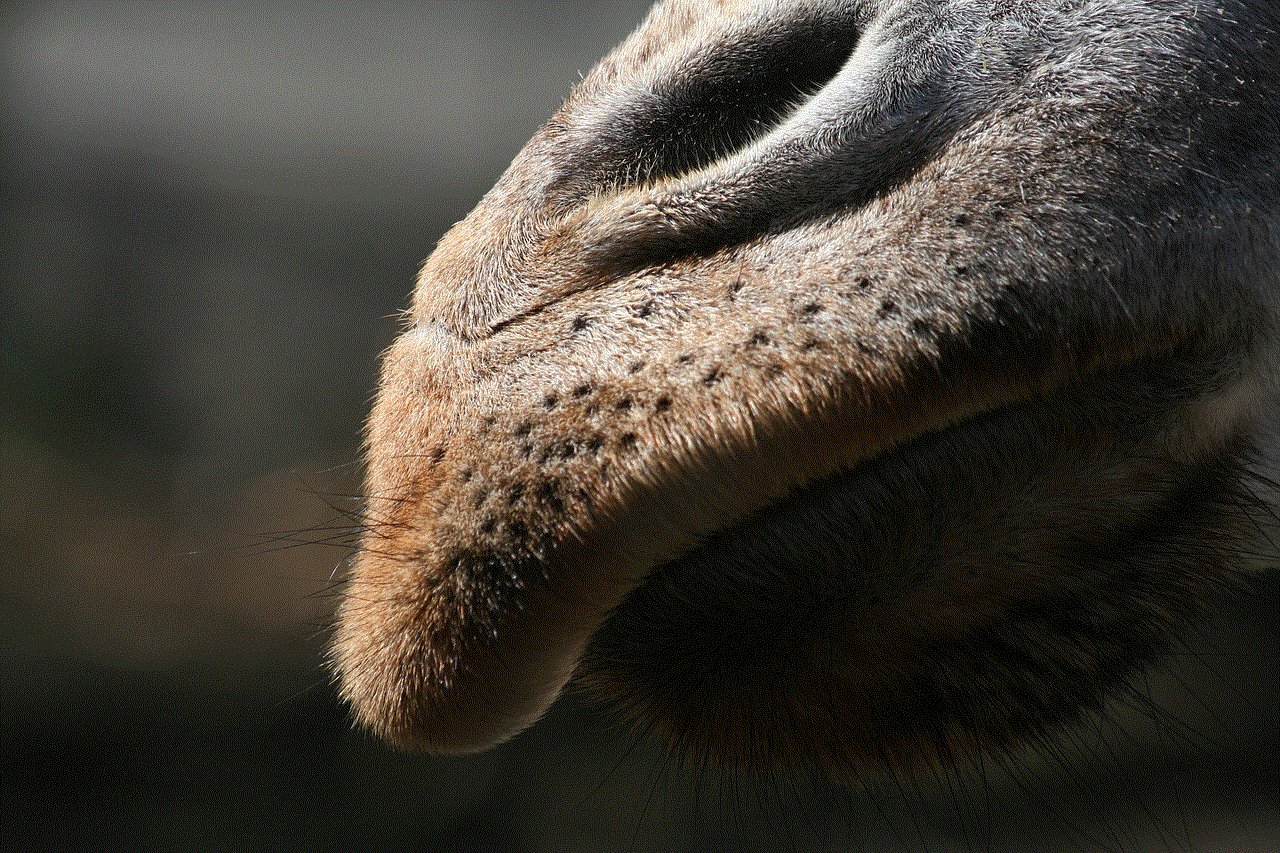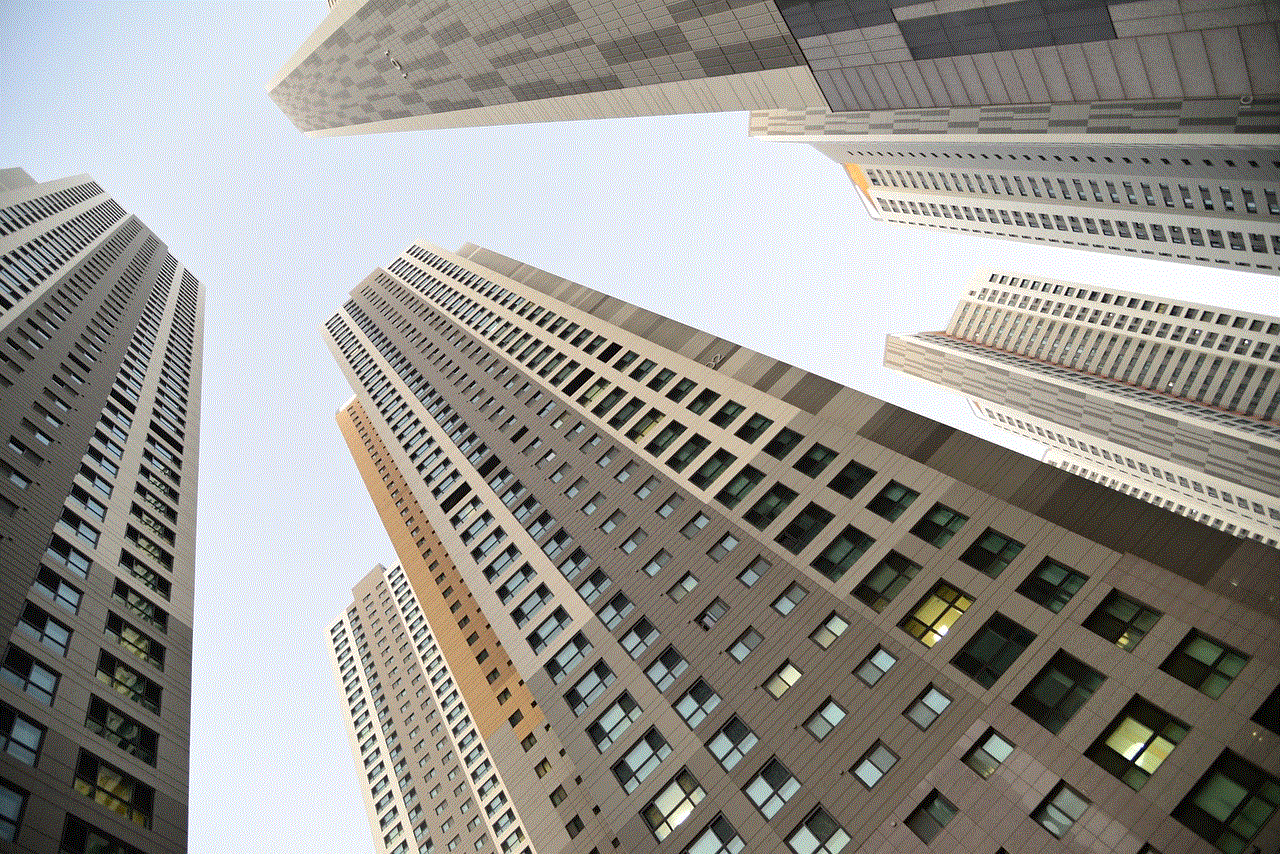bad tiktok trends
TikTok has quickly become one of the most popular social media platforms, with millions of users worldwide. The app, which allows users to create and share short videos, has seen a surge in popularity, especially among younger generations. While TikTok has given many people a platform to express their creativity and showcase their talents, it has also been the birthplace of some questionable trends. From dangerous challenges to offensive content, there have been several bad TikTok trends that have sparked controversy and concern.
In this article, we will delve into some of the most notorious bad TikTok trends that have gained traction on the app. We will explore the reasons behind their popularity, the impact they have had on society, and the response from the TikTok community.
1. The Skull Breaker Challenge
One of the most dangerous TikTok trends to emerge was the “Skull Breaker Challenge”. This challenge involved two participants standing next to each other, while a third person jumps between them. However, the third person is unaware that the other two participants will kick their legs out, causing them to fall and potentially hit their head. The name of the challenge itself is enough to send shivers down anyone’s spine, and it did indeed result in several injuries. Reports of broken bones, concussions, and even one death were linked to this trend.
The Skull Breaker Challenge spread like wildfire on TikTok, with many users attempting to recreate the video and share it with their followers. It quickly gained popularity due to the shock factor and the desire for views and likes. However, it also highlighted the dangerous consequences of blindly following trends without considering the potential harm they could cause.
2. The Outlet Challenge
Another dangerous trend that went viral on TikTok was the “Outlet Challenge”. This challenge involved inserting the prongs of a phone charger partially into an outlet, then touching a penny to the exposed prongs, causing a spark. The goal was to create a flame without causing any damage. However, it soon became clear that this trend was not only dangerous but also potentially deadly.
Several reports of electrical fires and damage to homes were linked to the outlet challenge. It also brought to light the issue of underage users attempting these challenges without supervision or understanding the risks involved. The trend was eventually banned from the app, and many users were cautioned against attempting it.
3. The Benadryl Challenge
The Benadryl Challenge was another trend that caused widespread concern. This challenge involved consuming a large amount of the allergy medication, Benadryl, to induce hallucinations. It is worth noting that Benadryl is an over-the-counter medication and can be easily accessed by anyone. This trend was particularly alarming as it targeted young users, who may not be aware of the potential side effects of such a high dosage of medication.
Several cases of hospitalizations and even one death were linked to the Benadryl Challenge. The potential dangers of this trend were highlighted by medical professionals, and the TikTok community was urged to refrain from attempting it.
4. The “Boys Locker Room” Incident
In May 2020, a group of teenage boys from a private school in Delhi, India, were involved in a controversial incident that was made public on TikTok. Screenshots from a private group chat were shared on the app, showing the boys objectifying and degrading their female classmates. This sparked outrage on social media, with many calling for action to be taken against the boys involved.
The incident brought to light the issue of toxic masculinity and the normalization of objectifying women. It also raised concerns about privacy and the responsibility of social media platforms in monitoring and regulating content shared on their platforms.
5. The “Fake Plane Challenge”
Another trend that caused controversy was the “Fake Plane Challenge”. This involved users pretending to be on a plane by using household items such as ironing boards, brooms, and mops, to create the illusion of an airplane window. While this trend may seem harmless, it received backlash for being insensitive to the current travel restrictions and the impact of the COVID-19 pandemic on the aviation industry.
Many users pointed out that this trend trivialized the hardships faced by those in the airline industry and those unable to travel due to the pandemic. It also highlighted the issue of cultural appropriation, as some users dressed up in stereotypical clothing of different cultures while pretending to be on a “plane”.
6. The “Cha-Cha Slide Challenge”
While the previous trends on this list were dangerous or offensive, the “Cha-Cha Slide Challenge” is simply cringe-worthy. This trend involved users filming themselves dancing to the hit song “Cha-Cha Slide” by DJ Casper, which includes instructions on how to dance to the song. Although the song itself is a popular dance anthem, the trend received backlash for being unoriginal and repetitive.
Some users also pointed out the lack of creativity and effort put into these videos, with many simply lip-syncing to the song while standing in one spot. The “Cha-Cha Slide Challenge” highlighted the issue of content saturation on TikTok, with many users simply following trends without adding any unique elements to their videos.



7. The Tide Pod Challenge
The Tide Pod Challenge was a trend that gained popularity on TikTok and other social media platforms in 2018. It involved users consuming laundry detergent pods, which are highly toxic and potentially fatal if ingested. This trend was particularly concerning as it targeted young users, who may not be aware of the dangers of consuming such products.
Several cases of hospitalizations and even deaths were linked to the Tide Pod Challenge. It also sparked a discussion about the impact of social media influencers and the responsibility they hold in promoting safe and responsible content to their followers.
8. The “Fake Home Invasion” Prank
In 2019, a trend known as the “Fake Home Invasion” prank gained traction on TikTok. This involved users setting up a fake home invasion and filming their family or friends’ reactions. While this trend may seem harmless, it received backlash for promoting fear and trauma, especially for those who have experienced real home invasions.
Many users criticized this trend for being insensitive and harmful, as well as potentially dangerous if the person being pranked reacted violently. The “Fake Home Invasion” trend highlighted the issue of pranks on social media and the need for users to consider the potential consequences of their actions before posting them online.
9. The “Coronavirus Challenge”
The “Coronavirus Challenge” emerged in early 2020, at the height of the COVID-19 pandemic. This trend involved users licking toilet seats, handrails, and other public surfaces, claiming that they were not afraid of contracting the virus. The trend received widespread criticism for being not only disgusting but also promoting dangerous behavior.
The “Coronavirus Challenge” highlighted the issue of misinformation on social media and the impact it can have on society. It also raised concerns about the influence of social media and the need for users to fact-check before participating in potentially harmful trends.
10. The “George Floyd Challenge”
The “George Floyd Challenge” was a trend that caused international outrage and sparked discussions about racism and police brutality. This trend involved users reenacting the death of George Floyd, an African American man who was killed by a police officer in May 2020. The videos showed users kneeling on someone’s neck, mimicking the actions of the police officer in the real-life incident.



The “George Floyd Challenge” received backlash for being insensitive, disrespectful, and promoting violence. Many users and organizations called for the removal of these videos and for TikTok to take action against those participating in this trend. It also highlighted the issue of cultural appropriation and the need for education and awareness about racial issues.
In conclusion, TikTok has given rise to several bad trends that have sparked controversy and concern. From dangerous challenges to offensive content, these trends have highlighted the impact of social media on society and the responsibility of users in promoting safe and responsible content. As TikTok continues to grow in popularity, it is essential for users to think critically before participating in any trend and to consider the potential consequences of their actions on themselves and others. Let us hope that the TikTok community learns from these bad trends and uses the platform as a force for good in the future.
how to block a specific app from being downloaded iphone
As technology becomes more integrated into our daily lives, the use of mobile devices such as iPhones has become increasingly common. With the vast array of apps available for download on the App Store, it can be overwhelming for users to decide which ones to download. However, as a parent or a concerned individual, you may want to restrict certain apps from being downloaded on an iPhone, especially if it is for a child’s device. In this article, we will discuss how to block a specific app from being downloaded on an iPhone.
The first step to blocking a specific app from being downloaded on an iPhone is to enable the “Restrictions” feature. This feature allows you to control and restrict certain functions and features on an iPhone, including the ability to download apps. To enable Restrictions, go to the “Settings” app on your iPhone, tap on “General,” and then select “Restrictions.” You will be prompted to enter a passcode to enable the feature. It is important to choose a passcode that is not easily guessable, as it will be used to make changes to the Restrictions in the future.
Once the Restrictions feature is enabled, you can now proceed to block a specific app from being downloaded on the iPhone. To do this, go to the “Allowed Content” section under Restrictions and tap on “Apps.” Here, you will see a list of options, including “All Apps,” “Siri & Dictation,” and “Allowed Apps.” Select “Allowed Apps” and turn off the toggle button next to the app you want to block from being downloaded. This will prevent the app from appearing in the App Store and being downloaded on the iPhone.
Alternatively, you can also use the “Content & Privacy Restrictions” feature to block specific apps from being downloaded on an iPhone. This feature allows you to restrict content based on different age ratings, as well as block specific apps from being downloaded. To use this feature, go to the “Settings” app, tap on “Screen Time,” and then select “Content & Privacy Restrictions.” Enter your passcode and toggle on the feature. You can then select “iTunes & App Store Purchases” and choose “Allowed Apps.” Here, you can turn off the toggle button next to the app you want to block from being downloaded.
In addition to using the iPhone’s built-in features to block specific apps from being downloaded, there are also third-party apps that can help with this task. These apps provide more advanced features and options for parents to monitor and restrict their child’s device usage. One such app is “Screen Time Parental Control,” which allows you to set time limits, block specific apps, and even track your child’s location. Another popular app is “OurPact,” which also offers similar features and allows you to manage multiple devices from one account.
Aside from using technology to block specific apps from being downloaded on an iPhone, there are also other ways to limit your child’s access to certain apps. One way is to have an open and honest conversation with your child about the importance of responsible device usage. You can explain to them why certain apps may not be suitable for them and set rules and boundaries for using their iPhone. It is also important to lead by example and limit your own device usage, as children often mimic their parents’ behavior.
Another way to restrict access to specific apps is to use the “Screen Time” feature on iPhones. This feature allows you to set time limits for certain apps and categories, ensuring that your child does not spend too much time on their device. It also provides a breakdown of their device usage, including which apps they use the most and for how long. This can help you identify any potential issues and address them accordingly.
In addition to blocking specific apps from being downloaded on an iPhone, it is also important to regularly monitor your child’s device usage. This includes checking the apps they have downloaded and used, as well as their browsing history. It is also essential to review their privacy and security settings and ensure that they are not sharing personal information with strangers or accessing inappropriate content.



While blocking a specific app from being downloaded on an iPhone is a crucial step in managing your child’s device usage, it is equally important to have open communication and trust with your child. Discuss the importance of responsible device usage and set clear rules and consequences for breaking them. This will not only help your child understand the importance of responsible technology usage but also build a stronger relationship between you and your child.
In conclusion, with the increasing number of apps available for download on the App Store, it is important to take steps to restrict access to specific apps, especially for children. By using the built-in features on an iPhone, as well as third-party apps and implementing effective communication and monitoring, you can ensure that your child’s device usage is responsible and appropriate. It is also vital to remember that technology is constantly evolving, and it is crucial to stay informed and adapt to changing trends and challenges to keep our children safe in the digital world.